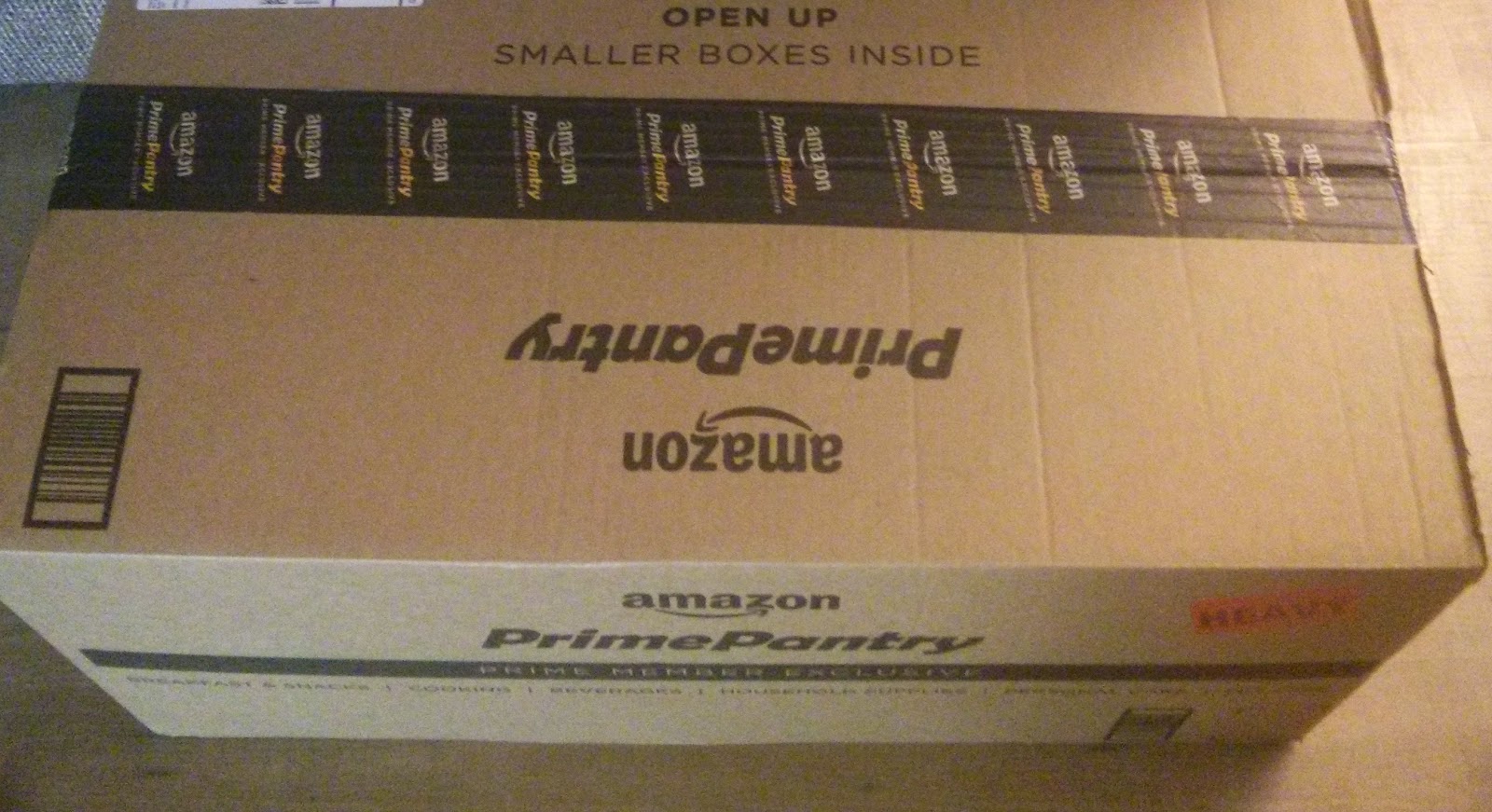 It wasn't long ago when the only way to buy household items was to trek on down to the store and wait in line wasting your precious hours. For many business professionals and overwhelmed parents it can be difficult and time consuming to take a few hours out of the day to shop. Services like Amazon Prime and Prime Pantry offer an affordable and time efficient alternatives. Their services would not be possible without improvements in the distribution systems that takes advantage of urban density.
It wasn't long ago when the only way to buy household items was to trek on down to the store and wait in line wasting your precious hours. For many business professionals and overwhelmed parents it can be difficult and time consuming to take a few hours out of the day to shop. Services like Amazon Prime and Prime Pantry offer an affordable and time efficient alternatives. Their services would not be possible without improvements in the distribution systems that takes advantage of urban density.This is how it works. For $99 a year you can get access to a huge selection of movies, products, 2-day shipping and other services through Amazon Prime. The 2-day free shipping has mammoth appeal to a new generation online shoppers who like to save cost and time. Within a matter of a few days they have their products at a competitive price not influenced by location differences.
Prime Pantry works a little different but offers a one low cost shipping value of $5.99. Customers purchase a large box of household items and have it shipped to their house in 1-4 business days. In my case, the order showed upon in 2 days making the service convenient and affordable. I was impressed enough to try it again when I need enough items to fill up the box again.
The two services are only possible through improvements in supply chain distribution. Home delivery is now an affordable option for people who don't have a lot of time, or who simply find it convenient to shop on line. If you are a busy parent with a household of children or you are a busy professional engaged in renaissance activities you are likely to use the service more.
For a new class of people who live in urban areas and don't own a car Amazon Prime and Prime Pantry complement their chosen lifestyles. They enjoy freedom from auto expenses by taking public transportation and shopping online. Services like Amazon affords them the opportunity spend their free time with friends, family, or recreational activities.
What makes all of this possible is the developing of shipping warehouses in major metropolitan areas. Without the ability to distribute products quickly and within a short time frame the company wouldn't be able to offer this service or grow additional interest among consumers. The locality of Amazon warehouses, and their investment in efficiency, is paying off in the market in a big way.
The distribution process is matching customer preferences closer by better bridging the gap between customer wants, e-commerce, and physical delivery. Allowing customers to avoid annoying lines, purchase online with their debit card accounts and having the products show up in a day or so appeals to a wide swath of families and young professionals. An entire generation of people are being socialized to the merits of shopping through a few key strokes while spending their time in more enjoyable pursuits.